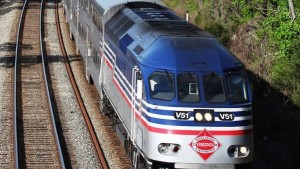I always find it interesting when talking to people about traffic crashes and fatalities, they seem to be resigned to the fact that there will always be carnage on our roads. But if you ask them how many traffic fatalities would be acceptable in their own family the answer is always zero. So why do we have this big disconnect in accepting the status quo for traffic deaths? When a plane, or train, crashes there is high visibility coverage, and much discussion about why it happened. However, when one of the more than 115 people in the U.S., and Canada, die each day on our roadways, there is very little response from the media.
To make matters worse, in 2016 the number of people killed on our roads spiked upward, with a disproportionate effect on people walking and biking. Have we decided that it is just part of the cost of mobility, a cost that has resulted in an estimated 2 million walking, biking and driving deaths in the U.S. from 1945 to 2015, or are we willing to make changes?
Vision Zero is a program to reduce the number of traffic deaths and severe injuries to zero. Is this a worthwhile goal? A lot of people think so, and already cities elsewhere have saved numerous lives as they get closer and closer to the goal. Watch this video and decide for yourself how many traffic deaths are acceptable.
The Washington Area Bicyclists Association hosted the DC Vision Zero Summit on Friday, March 31. DC has a goal of zero traffic deaths by 2024 and they have made great strides in moving towards achieving their goal. Vision Zero DC is a collaborative effort with transportation, health, police, advocacy groups, government officials, and community members working together to reduce crashes that result in fatalities and severe injuries. Mayor Bowser emphasized during her presentation that this has to be a regional effort. This makes sense as the population of DC doubles during the workday with many people driving from suburbs to the city for work.
The epidemic of deaths from traffic crashes is a public health issue. Greg Billings from WABA opened up the summit and was followed by Dr. Sarani from GWU Hospital, Center for Trauma and Critical Care, Dr. Yang from AAA Foundation, and Emiko Atherton, Director of the National Complete Streets Coalition.
Emiko’s presentation resonated with me in that the design of our streets is critical to reducing death and injury. The National Complete Streets Coalition Dangerous by Design 2016 effort takes a closer look at the alarming epidemic of people walking getting killed in traffic crashes on our streets. The study includes a socio-economic analysis of the people who are most at risk, and for the first time also ranks states by their danger to pedestrians.
Having been hit by a car while riding my bike, having spent time in a trauma ward, and then several months recovering, I know firsthand how an unsafe transportation network effects health. I was happy to see a number of health professionals in attendance and speaking at the summit. It is critical going forward that transportation engineers and planners work with public health officials to design livable communities with sustainable transportation options.
The panel session discussions included
- Opportunities for Cross-jurisdictional Cooperation
- Vision Zero and High Risk Users
- Public Health Case Studies
- Vision Zero and Public Health
- Human Impacts of Traffic Fatalities
- Vision Zero and Enforcement
- Winning over the Public to Vision Zero
- Infrastructure: Designing Safe Streets
- Driver Training and Accountability
http://www.waba.org/vision-zero-summit/
For my part, I would like to see better infrastructure design that provides safe access for all, but especially people walking and biking. Speed limits need to be lowered so that when humans make mistakes vulnerable roads users do not have to suffer the consequences. Road design needs to take in account human behavior and create safer space for all. The automotive industry and the technology industry need to work together to install devices in vehicles to reduce the increasing issues of distracted and drunk driving. Stakeholders need to be included in the community planning process. People of color, and older adults, are over represented among pedestrian deaths, and as such should have a larger voice in the conversation. The best solution might be to get more people out of cars. Using active transportation and transit is much safer than driving, and better for your health.
What are some of the ways that you can start making a difference?
Talk to your elected officials about infrastructure design focused on reducing road user conflict, making it safer for people to walk and bike, https://smartgrowthamerica.org/program/national-complete-streets-coalition/
Take the World Health Organization pledge to slow down while you are driving, https://www.unroadsafetyweek.org/en/home
Check out Virginia’s driving laws to catch up on recent changes, such as the three foot passing law, http://www.bikearlington.com/pages/pal-safety-on-our-streets/virginias-3-foot-passing-law/
The media and government agencies need to stop victim-blaming vulnerable road users. People walk and biking have a right to navigate the transportation network safely. Every type of traveler makes mistakes. People walk out into traffic while texting. Drivers text while driving, drive drunk, or speed. Bicyclists run stop signs. We need to design our roads for the most vulnerable users as people walking or biking are not surrounded by a 3,000 lb steel personal pod with air bags. Remember that everyone is traveling to their destination outside of a car at some point in time during their travels. The important distinction is which kind of traveler has the biggest potential to kill & maim. And that our roads are designed such that mistakes like texting & driving can kill.
Vision Zero, or zero traffic deaths, is a goal that we should all want to achieve. Americans need to make it personal, and make the choice to slow down and yield to life. No one wants one of their family members, or wishes it on any other family, to be killed in a traffic crash. If transportation professionals, public health professionals and government officials work towards designing and building safe infrastructure, and people use our roads with the perspective that everyone will be missed by someone, we can work towards achievement of the goal to make it safe for everyone using our transportation network.
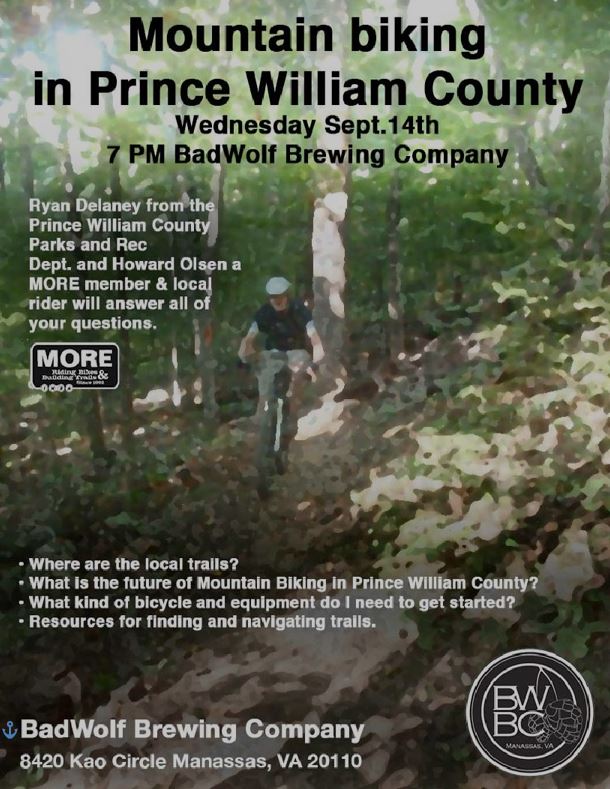
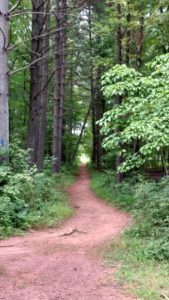
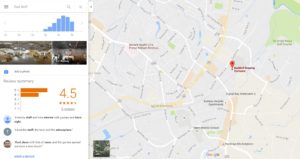
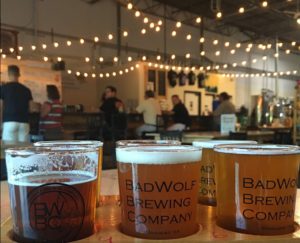
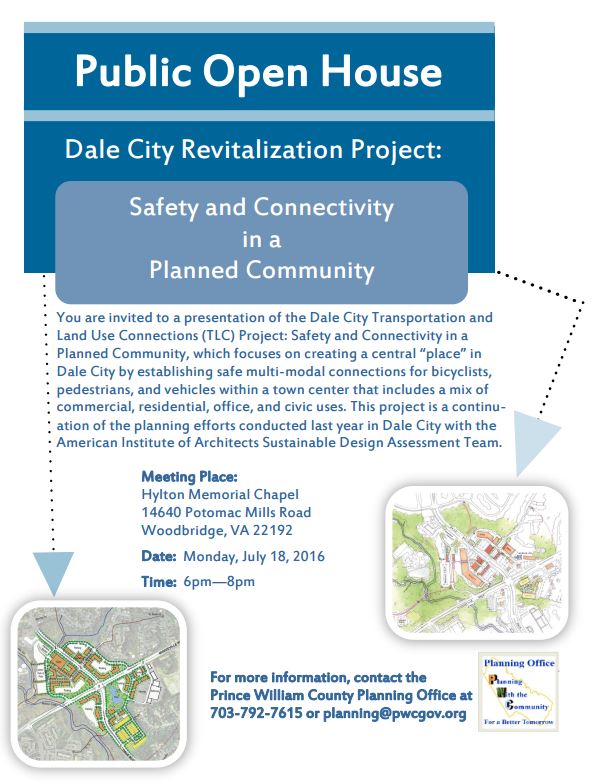
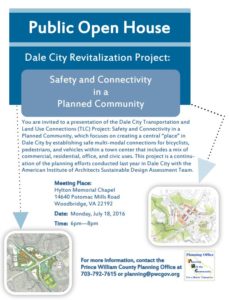
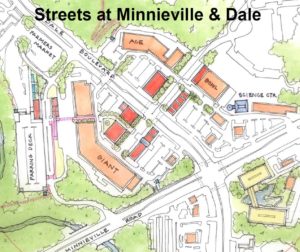
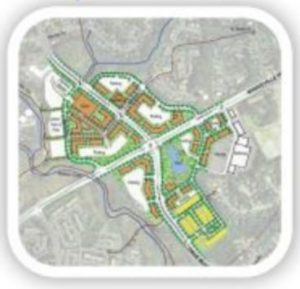
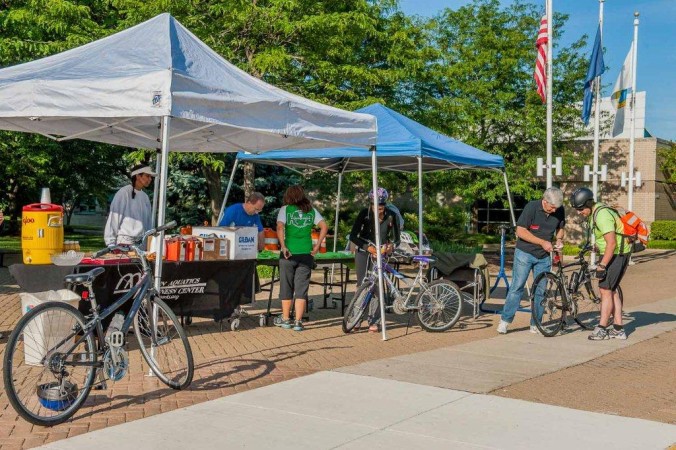
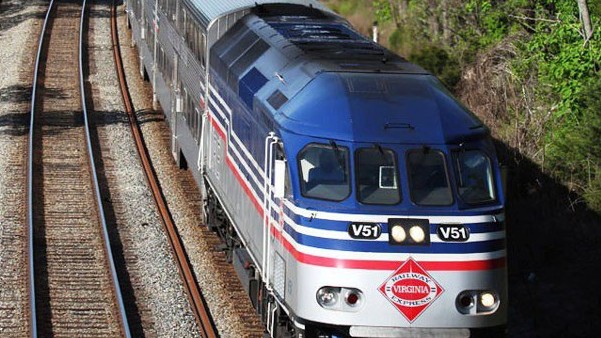
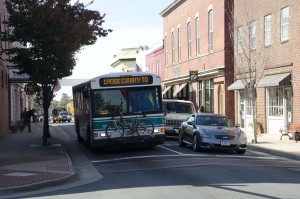
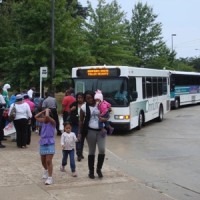 extended periods of time in traffic. Research shows that this increase in sedentary behavior is leading to a shortening of life spans. Wait you say we can just add another lane or two. Research indicates that adding lanes of traffic creates induced demand resulting in clogged highways, increased pollution, additional crashes, injuries and fatalities.
extended periods of time in traffic. Research shows that this increase in sedentary behavior is leading to a shortening of life spans. Wait you say we can just add another lane or two. Research indicates that adding lanes of traffic creates induced demand resulting in clogged highways, increased pollution, additional crashes, injuries and fatalities.